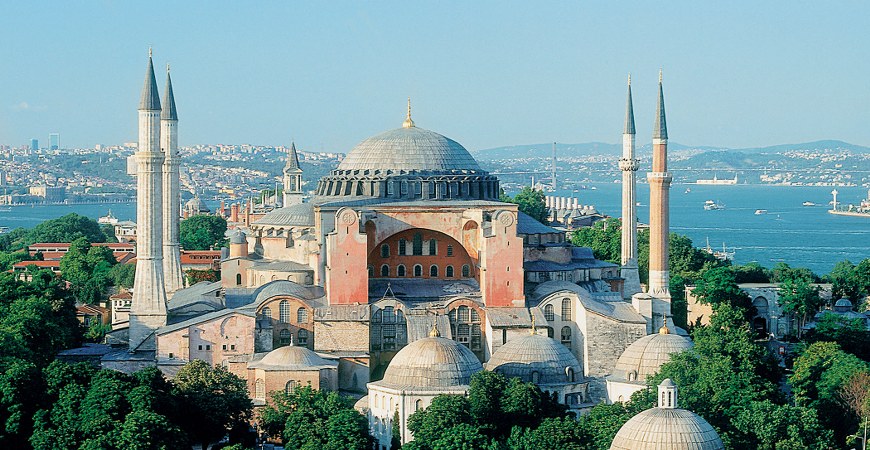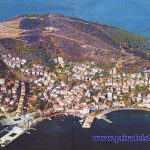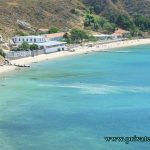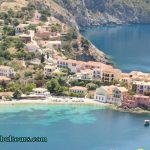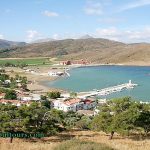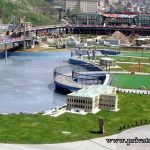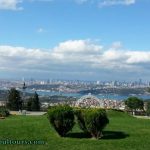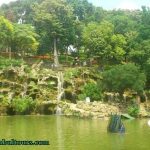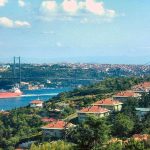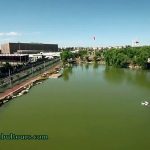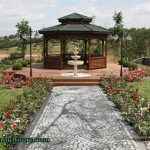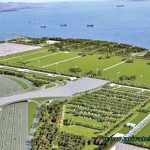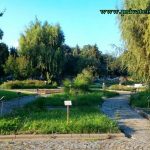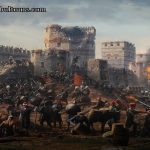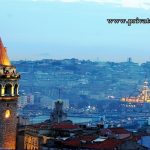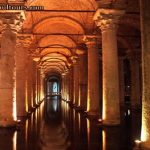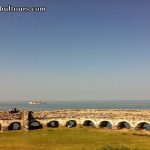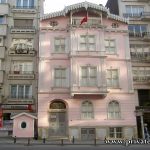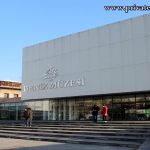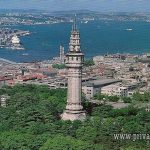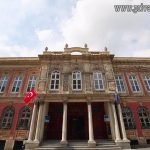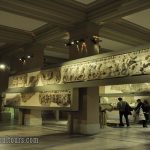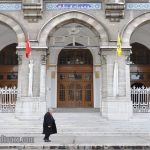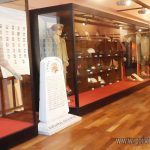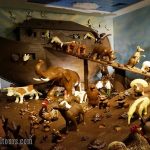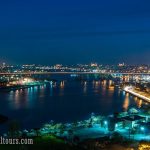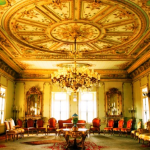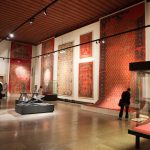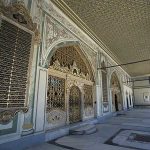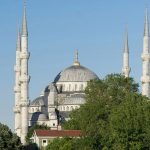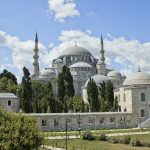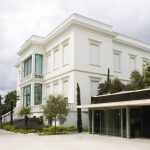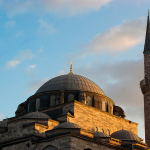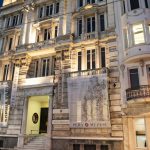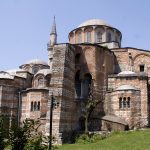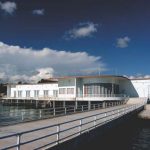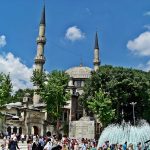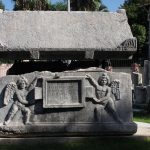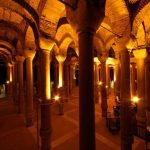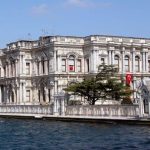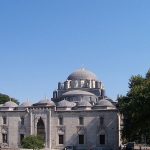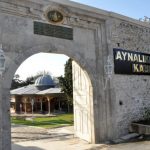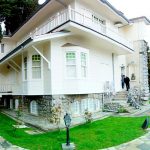Istanbul is Turkey’s most populous, most important economic and cultural city. In terms of economic magnitude, 34th in the world comes first in Europe according to the order made considering the municipal boundaries in terms of population.
Istanbul is located in the north-west of Turkey, along the Marmara shore and along the Bosphorus, to surround the Golden Horn. Istanbul is an intercontinental city, the European side is called the European Side or the Rumeli Side, and the Asian Side is called the Anatolian Side. The western border of Istanbul, which was first established on the peninsula of Marmara Sea, Bosphorus and Golden Horn, which was originally built on three sides in the history, was the Istanbul Walls. In the process of development and growth, the city has 39 cities, which are enlarged 4 times by constructing the city walls by moving them to the west each time. There are a total of 40 municipalities within the boundaries of the metropolitan municipality.
One of the oldest cities in the world, Istanbul, M.S. The Roman Empire between 330 and 395, the Eastern Roman Empire between 395 and 1204 and 1261 and 1453, the Latin Empire between 1204 and 1261 and finally the Ottoman Empire between 1453 and 1922. In addition, from 1517, when the caliphate passed through the Ottoman Empire, until 1924 when it was abolished, Istanbul became the center of Islam.
The Haghia Sophia Museum was built by the Byzantine Emperor Justinian I. M.S. It is a basilica-planned patriarchal cathedral constructed between the years 532 and 537 in the old city center on the historical peninsula of Istanbul. It was converted into a gallery by Fatih Sultan Mehmet after the capture of Istanbul by the Turks in 1453 and today it serves as a museum.You can join our Istanbul Tours, and see the Haghia Sophia Museum.
Haghia Sophia is a domed basilica type structure that combines the basilica plan with the central plan in architectural terms and is considered as an important turning point in the history of architecture with the features of the dome passage and the supporting system.
The word “sofia” in the name of the building comes from the word sophos, which means “wisdom” in ancient Greek, not the name of any one. Thus, the name “aya sofya” means “holy wisdom” or “divine wisdom” and is considered one of the three qualities of God in Orthodoxy sect. Hagia Sophia, ruled by Isidoros of Miletus and Anthemius of Tralles, It is said that about 10,000 workers have been working in the construction and that Justinian has spent a great fortune for this work.The characteristic of this very old building is that some of the columns, doors and stones used in the construction were brought from buildings and temples that were older than the building.In the Byzantine period the patriarchal church of Constantinople Patriarchate Hagia Sophia, which became the center of the Eastern Orthodox Church, naturally contained a large collection of “sacred relics” at one time.
After the church was converted to a church in 1453, the mosaics of Ottoman Sultan Fatih Sultan Mehmet showed the mosaics of human figures untouched (they were left as they were), only mosaics covered with thin plaster and plastered for centuries were able to survive natural and artificial destruction. Some of the museum issued a mosque converted into stucco and mosaics were brought to the light of day again. In short, people all over the world are owed the opportunity to see these mosaics today: it is the Ottoman Sultan Mehmet the Conqueror who loves art and respects other religions. The Hagia Sophia building, which is seen today, is also known as the Third Hagia Sophia since it is actually the church built for the third time. The first two churches were destroyed during the rebellions. The central dome of Hagia Sophia, the largest dome of the period, collapsed many times during the Byzantine period and has not collapsed since Mimar Sinan added the retaining walls to the building.

